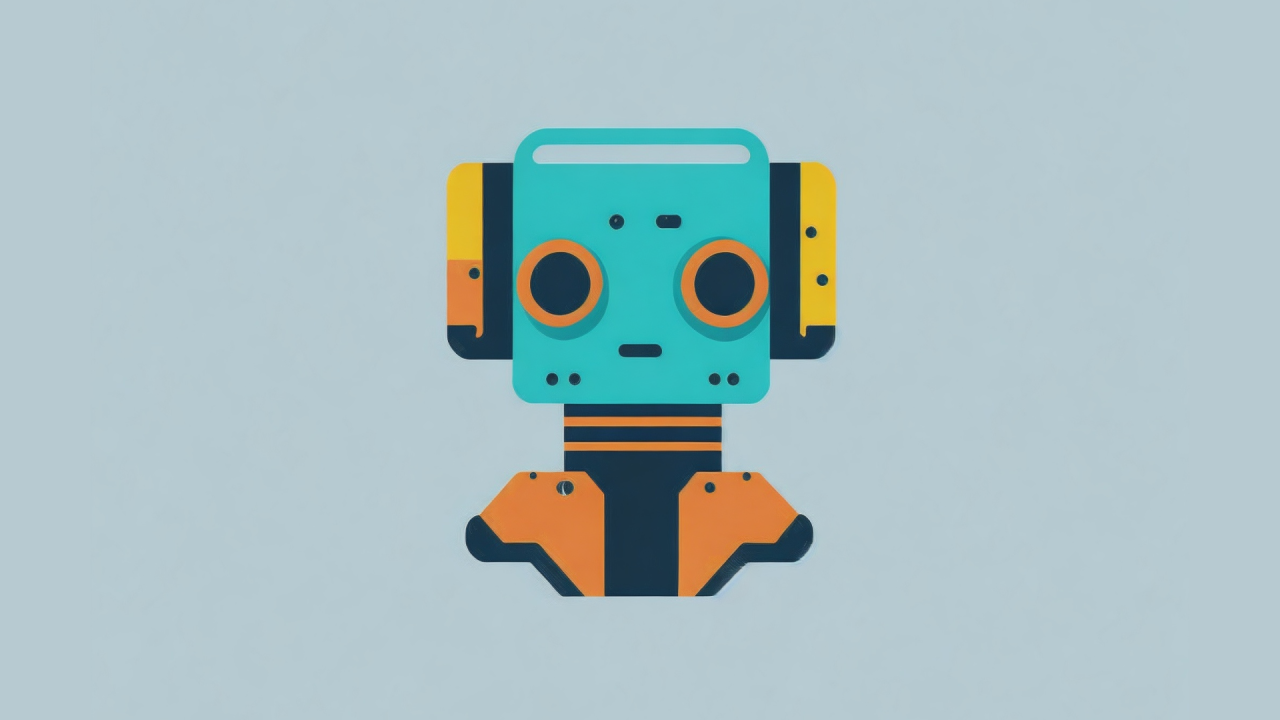AI Will Transform Film and TV Production Forever
Intro
Traditionally, Hollywood has held significant power by controlling the entire means of production, end to end. This has made it very difficult for independent filmmakers and creators to compete at scale. The combination of high production costs and a centralization of production power (talent, capital, etc.) have allowed studios to focus on safe, predictable, and low-risk content. Compared to the 80s and 90s, today's Hollywood benefits from vast amounts of engagement and sales data, which allows them to minimize production risk. This is one reason why the 80s and 90s were marked by the emergence of new genres – studios had to take risks due to the lack of data-driven insights. The Hollywood playbook of today focuses on franchise films, reboots, remakes, sequels, A-list actors, genre trends (often at the expense of long-time established canon) and of course the international box office. It is a dark day for anyone who has been a long-time fan of movies like I have, but this is all about to change.

A New Protagonist
I use the term "Hollywood in a box" to refer to the coming wave of NLP, Generative AI and other technologies that are going to completely flip the script and quickly democratize the production of film and television. It will become possible (and soon) to create bespoke content for smaller and smaller groups of people, while still making it economically feasible to do so. These AI-driven systems will not only work alongside traditional film production experts and writers, but for the first time, they will break the 'financial fourth-wall' of film production and allow creators, aspiring writers, and anyone with a compelling story (our New Protagonist) to create and share their work at near-zero cost. Platforms like YouTube, Netflix and AppleTV will continue to be primary sources of content distribution in this new landscape – likely served up by a personal AI that knows exactly what kind of shows will please you the most.
Old Rivals Also Benefit
Companies like Disney will take the “green-light everything!” approach, unlocking their IP vault and generating massive slates of content that were previously considered too risky (box office sell-through uncertainty) and thus, “financially non-viable."
What About Actors?
Actors will license their voice and likeness to be used in all types of projects. They won’t have to leave their homes to do this. Think Avatar syndication at scale. Sounds crazy, right? Recently Unreal released Unreal Engine 5.2 and stunned the gaming industry with their MetaHuman demo.
A New Antagonist?
While the potential for creating more diverse and personalized content is exciting, there are also considerations to be made regarding the social implications of this new creation and distribution model. Long-tail content represents a potential and fundamental unmooring of our pop culture futures. Pop culture helps us understand each other and bridge cultural gaps. Blockbuster movies like Star Wars could become a thing of the past. Will they be able to compete in such a fractured market? I hope so. However, as we embrace this new model, it is crucial to consider the potential social consequences of a more dynamic and personalized media landscape. We see this in cable news already, and it has resulted in a deeply divided republic. That being said, clichés have a tendency to ring true, and none applies better here than “the cream always rises to the top”. I believe that this is precisely what will happen with television and film. The true diamonds in the rough, the “Arks of the Covenant” buried in the risk-averse warehouses of Hollywood’s creation will finally be opened. For the first time, independent creators will only be limited by their creativity, allowing them to compete on a level playing field.
Wrapping Up
As we navigate this exciting new era of content creation, I think it’s important to remember that while "Hollywood in a box" offers unprecedented opportunities for creators and consumers alike, it also presents some challenges. The dilution of pop culture as a result of an increasingly personalized and fragmented media landscape would likely have unintended consequences and further undermine societal cohesion. Pop culture helps serve as one of our cultural glues, helping to bridge gaps and create shared experiences. As we embrace the possibilities offered by AI-driven content creation, it is crucial for us all to remain mindful of the role that pop culture has played-and hopefully will continue to play.
A Sampling of Converging Technologies
- Nvidia Keynote Breakdown
- Unreal Engine 5.2 Demo
- Wonder Dynamics
- Metahuman 2023 Demo
- Text to Video Generation
- Text to Image Generation
Most importantly - OpenAI's SORA (updated Mon Feb 19th, 2024)
OpenAI's latest text to video generation model SORA. The videos above were created with prompts like this one:
Prompt: The camera follows behind a white vintage SUV with a black roof rack as it speeds up a steep dirt road surrounded by pine trees on a steep mountain slope, dust kicks up from it’s tires, the sunlight shines on the SUV as it speeds along the dirt road, casting a warm glow over the scene. The dirt road curves gently into the distance, with no other cars or vehicles in sight. The trees on either side of the road are redwoods, with patches of greenery scattered throughout. The car is seen from the rear following the curve with ease, making it seem as if it is on a rugged drive through the rugged terrain. The dirt road itself is surrounded by steep hills and mountains, with a clear blue sky above with wispy clouds.